I'm in the planning stage of a summer project: A WiFi controlled robot for remotely monitoring a shore home. The robot will consist of a 4-wheel platform (4 motors, 1 A stall current each, 7 V), Raspberry Pi Model A + WiFi dongle, and Raspberry Pi camera module.
Since this robot will be operated while I'm not at the house, I need to be able to remotely recharge it. The plan is to implement something similar to the Roomba's drive-on charging base:

My issue is that I'm unsure which battery chemistry to choose.
LiPo has the benefit of being lighter, but since their nominal voltage is 3.7 V, I'd have to put two or three packs in series to be able to run my motors (which need 7 V, as I mentioned). But, I know this not recommended because then charging the batteries in series is complicated/unsafe.
NiMh seems attractive: wide range of voltage/current ratings, not as prone to fireballs, albeit heavier. My thinking is I could build a simple charging base that trickle charges the robot's NiMh battery. No fast charging is needed (the robot will spend most of its time on the charging base, when not in use anyway).
Summary of requirements: rechargeable battery for unattended charging/usage, somewhere in range of 8-12 V, several amp-hours capacity (4-6 Ah, maybe).
Is my evaluation of this correct - that NiMh seems the way to go? Or should I consider LiPo?
